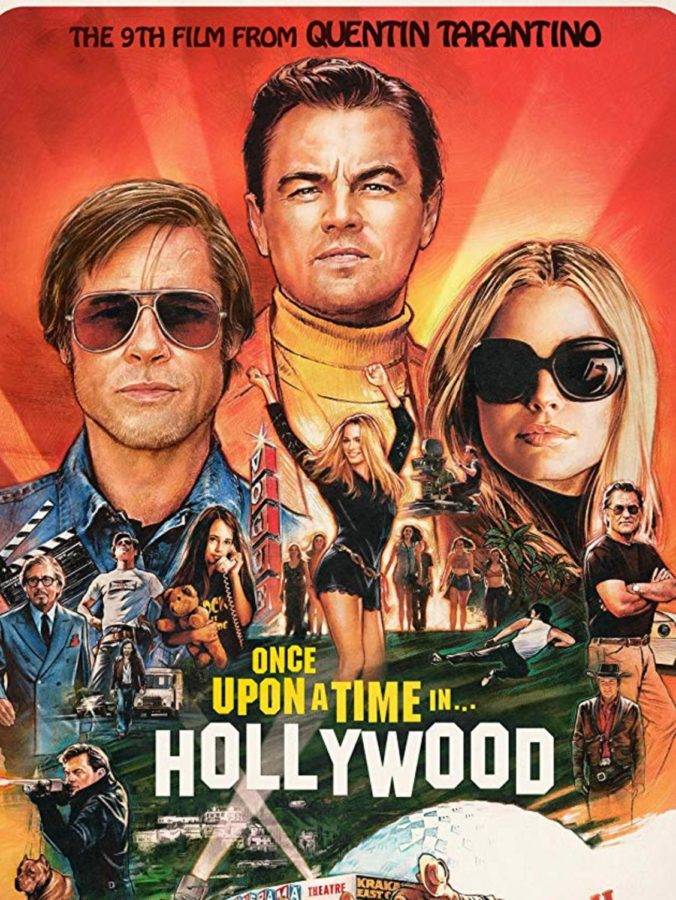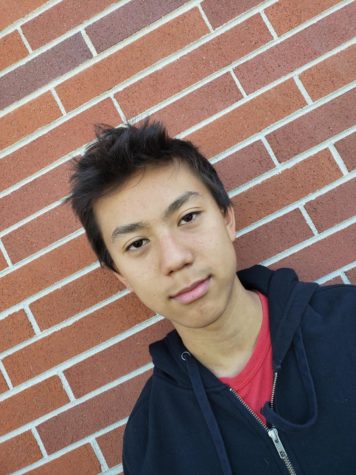Tarantino’s Farewell Film May Be His Best
Movie poster for Once Upon a Time in Hollywood.
October 4, 2019
Once Upon a Time in Hollywood is Quentin Tarantino’s ninth and supposed last film.
For those who know of work, his films are of great class and depth and this one proves to be another winner. It captures a different edge in a film that will confuse yet capture you in every moment.
The cast of this film contains some of the best actors of our time, such as Leonardo Decaprio, Brad Pitt, and Margot Robbie. Aside from Margot Robbie, these actors have had great chemistry together in the past, and though they have their own side plots for the majority of the movie, they still show inspiring conviction to their character.
The premise of the story is character-based rather than plot based. Since the story is based off the fact that the viewer knows the ending of the story, so the rest of the plot is based on the changes in the characters. This style works because it gets the viewer attached to the characters because you follow them at a very in depth. Moments and scenes happen based on the emotions and what happens to the characters instead of scenes that happen simply to move the plot forward.
These actors don’t really have a past history of films together, aside from The Wolf of Wall Street in which Margot Robbie and DiCaprio play lovers together. The movie has three main plots following each of its major characters. The paths rarely cross, but the way this works is based on the idea that the viewer knows the ending of the movie because it was a true event that happened back in 1969.
Tarantino does a good job using scenes that seem to have no meaning in the moment, but are all later explained. However, they don’t seem pointless because these characters either reappear more often or have scenes where they are completely isolated.
On a more physical level, the movie uses weird angles and cuts to make the movie more visually appealing, capturing the styles of movies that were used back in 1969. Unlike normal films, there are scenes that randomly happen and don’t have any previous context which can throw a viewer who doesn’t understand what is happening, such as the fight between Bruce Lee and Brad Pitt’s character which appears to be a memory but something that isn’t explained much.
The music used in the movie are great choices for the scenes and capture the feeling of 1969. Tarantino made sure not to use a song past that year showing an acute attention to detail. These songs included She’s a Rainbow by the Rolling Stones (1967) and Bring a Little Lovin’ by Los Bravos (1968) and many others of that time period.
Over all, this movie captures feelings and emotions derived through the viewers knowledge and the way the director uses cinematic techniques such as camera angles to invoke what he wants. This movie is complicated and complex, one that tends to draw attention and not a casual watch. If you can appreciate a movie based around an idea and it’s characters rather than a traditional plot based on events, this movie is wonderful. Otherwise, its cinematography and acting qualities still hold it to be a good film, but not one you enjoy unless you give it a shot.


